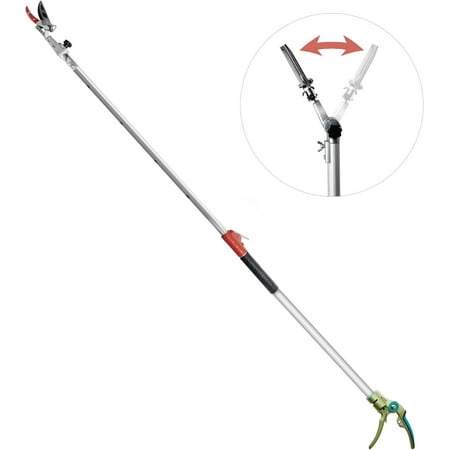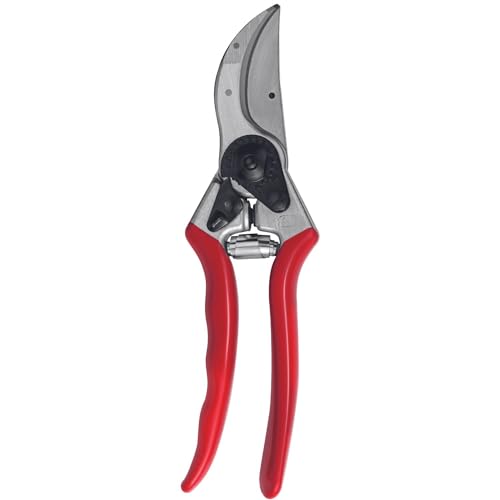7 fruit trees to prune in August for a bigger, better harvest – my late-summer essential checklist as a professional gardener
Trimming your mulberry, apple and pear trees in late summer is an important task never to forget

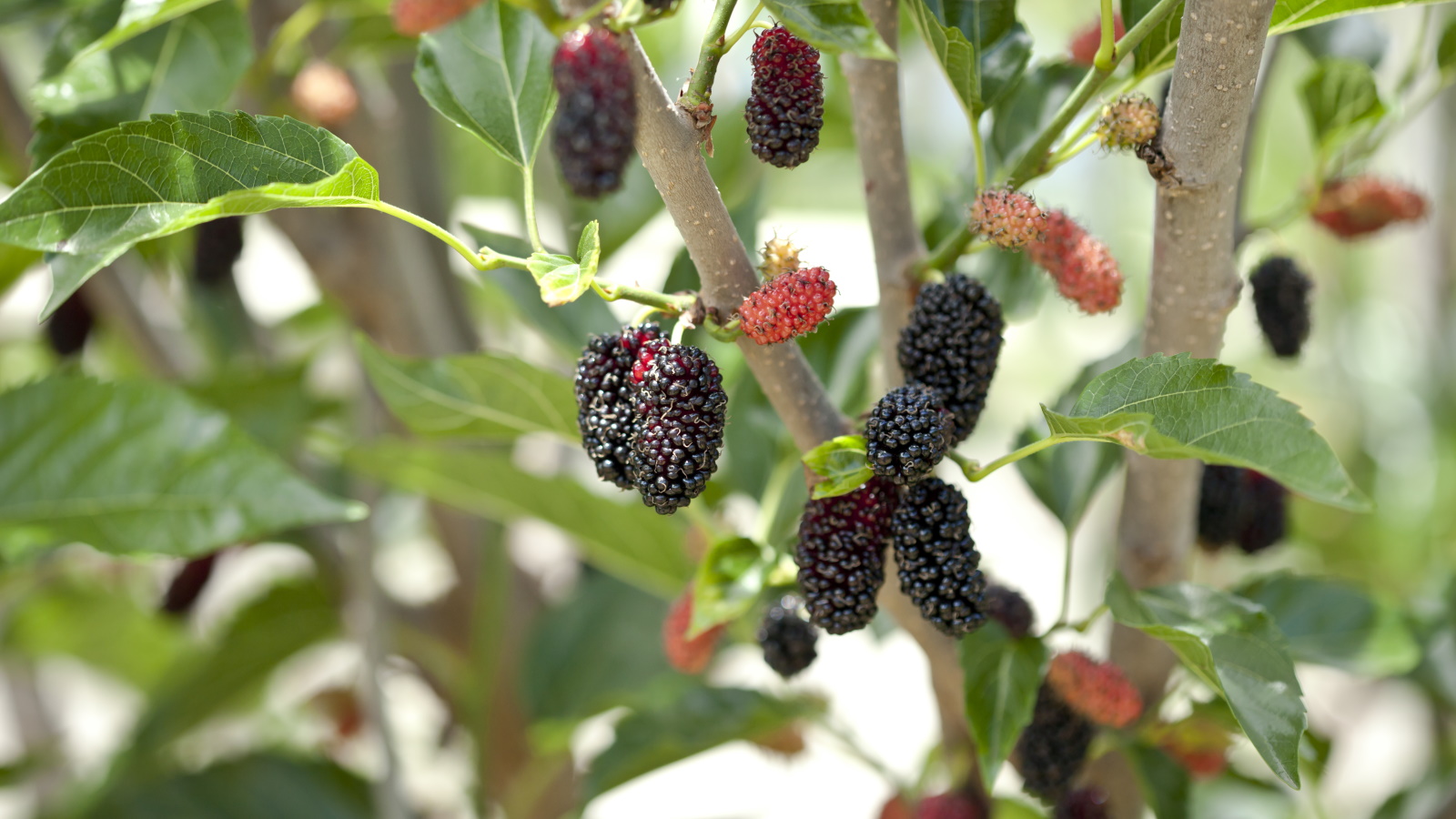
Pruning fruit trees in August can feel counterintuitive. You might think you need to leave your apple and pear trees well alone while the fruit ripens. But, in my experience, a well-timed summer prune can make all the difference when it comes to the quality of your harvest.
A few summers back, while working in South Wales, I tended to three quince trees in a meadow at the rear of the garden, all of them with dense, leafy canopies (so thick I could barely find a safe spot for the ladder). After a few rather precarious moments balancing high up, I thinned out the crown, removing fleshy, unfruiting shoots and opening up the canopy for better air circulation. The result? Energy-efficient trees, focused on ripening their fruits, with the sun able to reach right into the heart of the tree.
I’ve found this philosophy holds true for many fruiting trees, including popular varieties like mulberries, peaches and damsons. Some careful cuts now will, in my experience, result in a better quality of fruit later this year. So, if you’re wondering which plants to prune in August, add these seven fruit trees to your list.
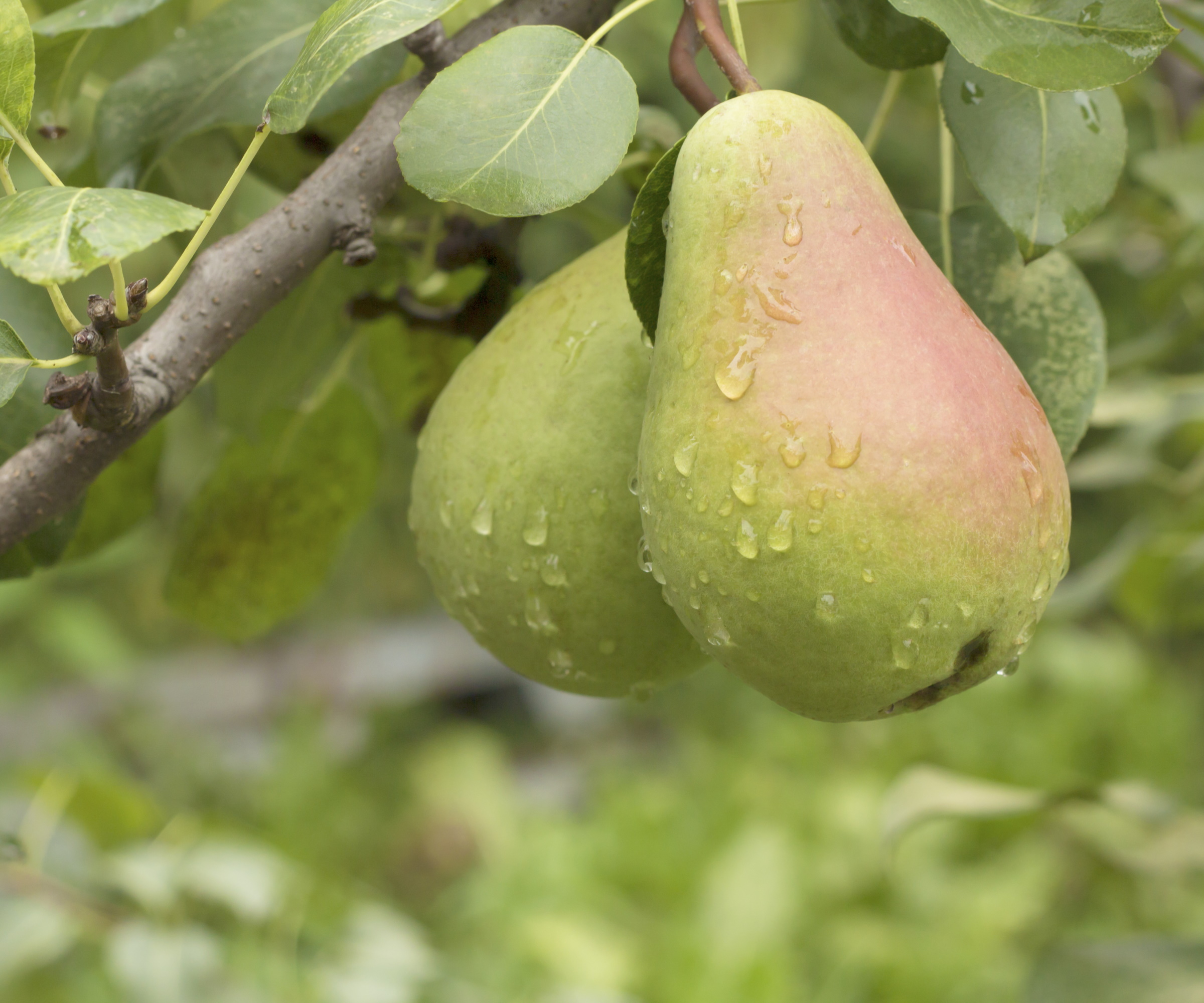
7 fruit trees to prune in August
Learning how to prune fruit trees in summer is less about hacking back wildly and more about a bit of careful intervention, trimming only the young fleshy growth.
Put simply, the goal is to reduce water loss through unnecessary leaves and focus more energy on those ripening fruits.
I’ve done this for years, standing atop wobbly old ladders, thinning old apples, trimming pears and taming quinces. And trust me, it pays off.
My advice? If you have one or two fruit trees to prune in August as part of your summer gardening checklist, make sure your tools are sharp and clean (you don't want to spread disease), and invest in a good quality ladder.
Design expertise in your inbox – from inspiring decorating ideas and beautiful celebrity homes to practical gardening advice and shopping round-ups.
Try something like this highly rated Wolec telescopic V-shaped ladder, available from Amazon, which will let you get up close and personal in the canopy.
1. Apricots
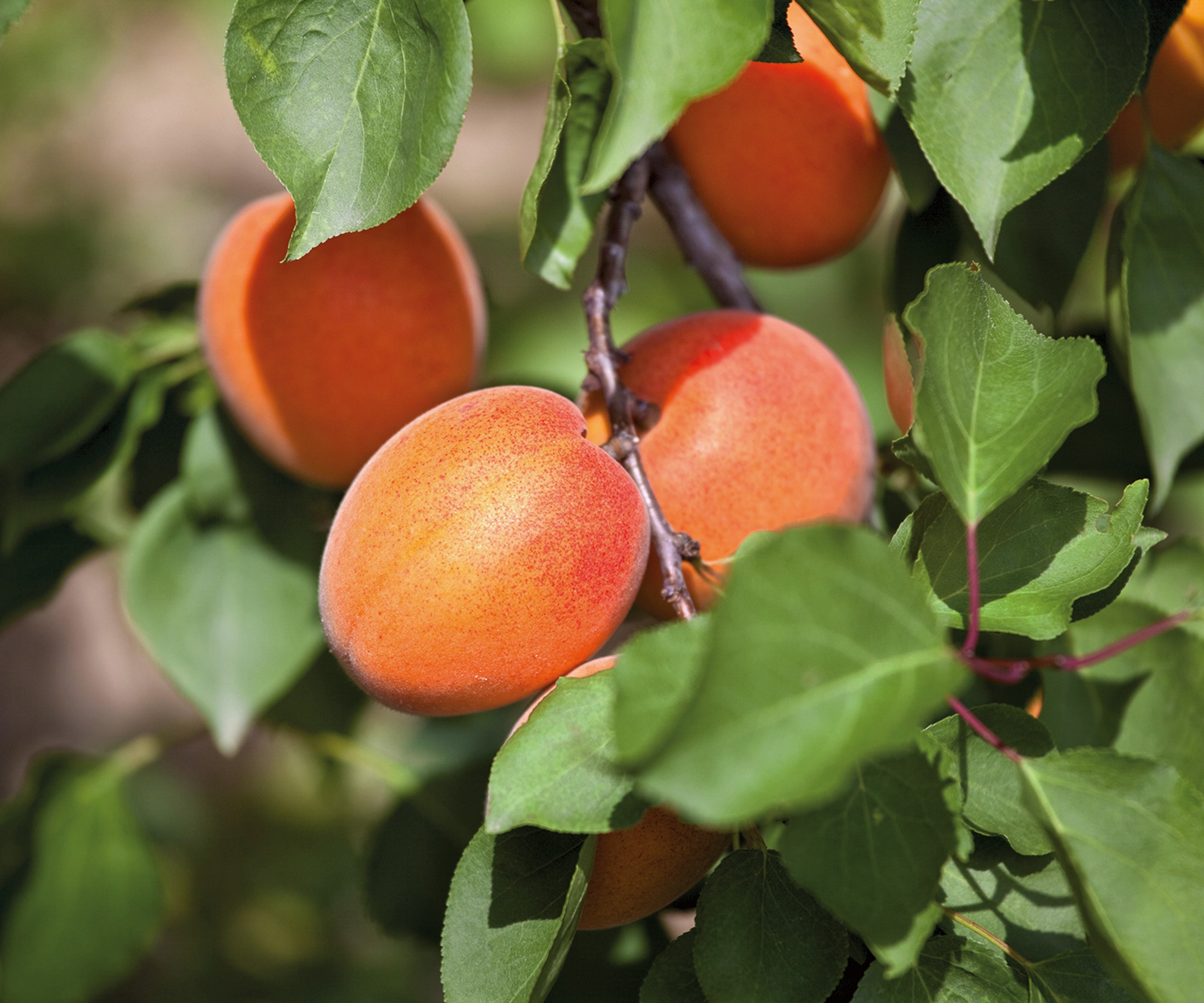
Many different varieties of delicious apricot trees are popular with gardeners, and for good reason.
Most can be grown between zone 5 to zone 8, and whether you grow compact varieties in small urban yards, or larger, standard specimens that can soar over 20 feet, pruning in August is important.
In terms of getting an apricot to fruit (and producing the tastiest fruit), you need to let light penetrate the crown and provide plenty of ventilation. Now is the perfect time to thin out overcrowded growth, especially the inner canopy.
Be cautious not to prune too heavily, which would be a fruit tree pruning mistake at this time of year. Summer trimming isn’t about reshaping the tree entirely, but more about refinement.
Focus on overly leafy stems and congested areas, cutting two or three leaf nodes above a cluster of fruit, being careful not to damage fruit as you work.
For branches and apricot growth that is hard to reach, try something like this telescopic extendable tree pruner, available from Amazon.
2. Damsons
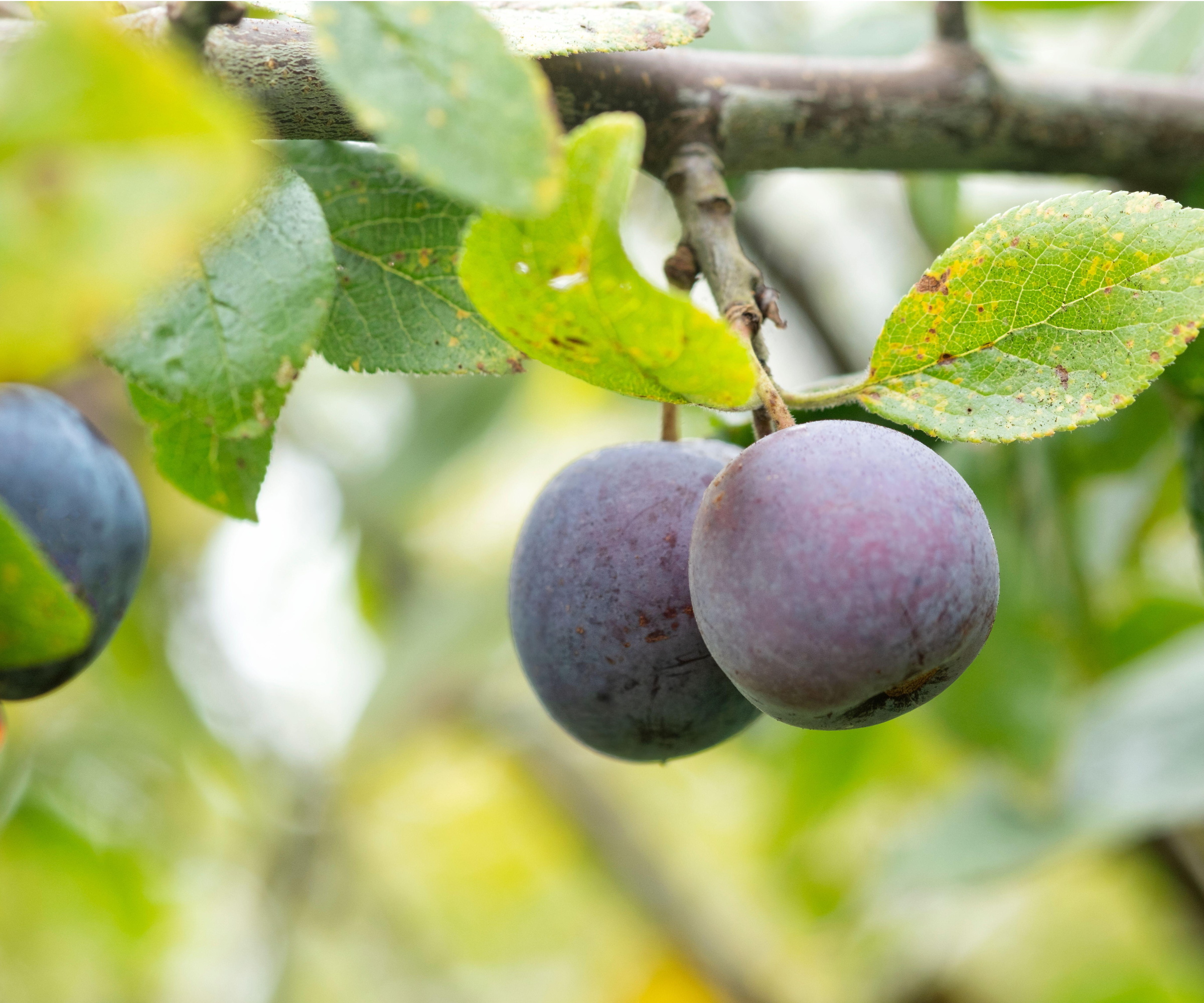
Damson trees might be less well-known than other popular trees, but these plum-like fruits are certainly worth your time.
If you have already learned how to get a damson tree to fruit, you will probably soon be overloaded with small purple fruits. In fact, the branches can get so heavy under the weight of the crop, they can begin to droop.
While damsons naturally shed some of their fruit in early summer, sometimes referred to as the 'June drop', it’s worth lending a helping hand.
As with other trees, I would advise thinning fruits so that there’s one damson every two to three inches on a branch. It feels brutal at the time, but those left behind will ripen and swell up all the better.
If you fancy investing in some new Japanese gardening tools for your summer jobs in the yard, try these Okatsune pruners, available from Walmart, which will surely elevate your gardening game this August.
3. Apples
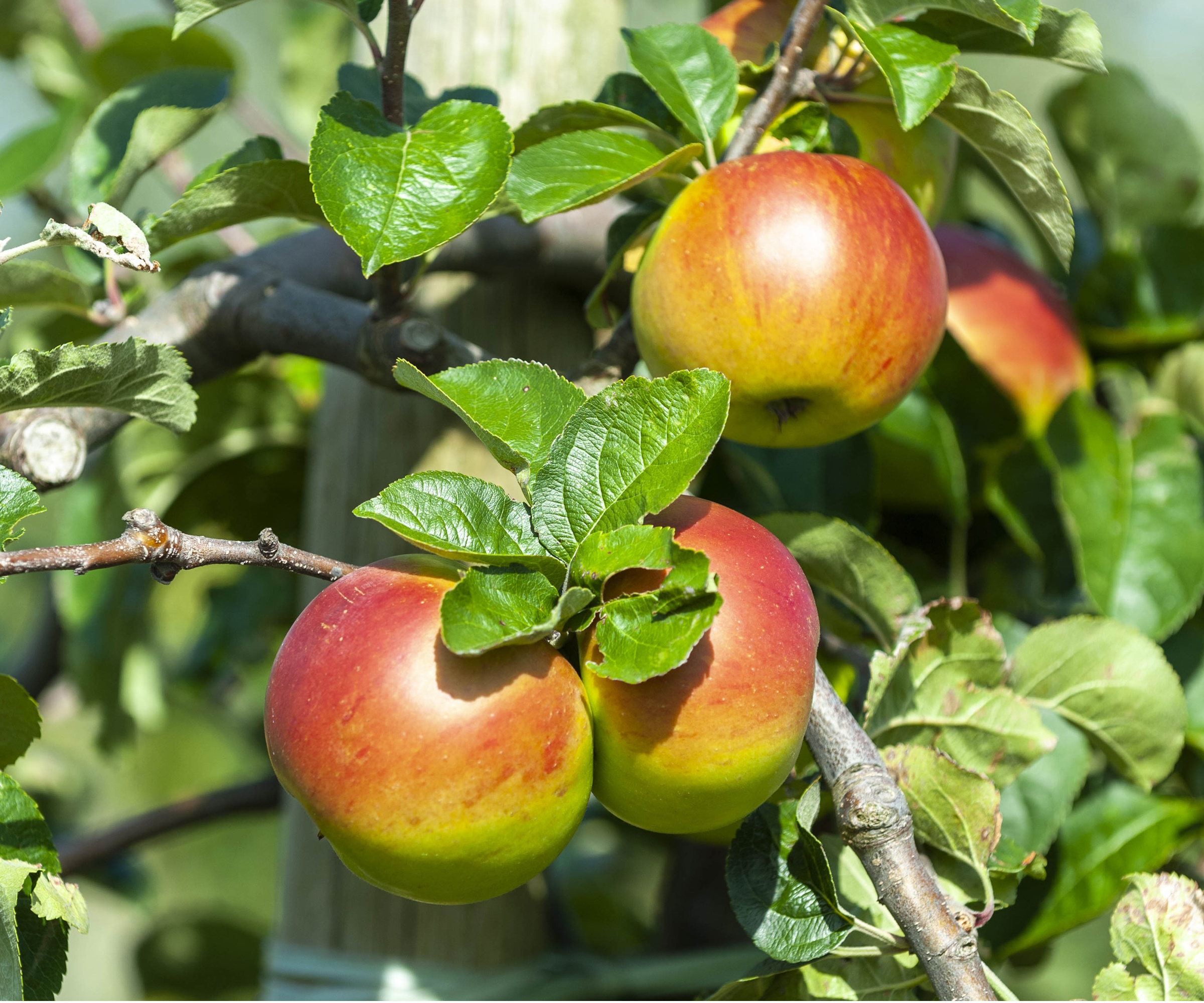
Russets are my favorite apple variety to grow – a British heritage apple, with a bit of a rough texture, but the most delicious flavor.
Whatever variety you grow, whether Russet, Jonagold, Gala or Fuji, August pruning is key. If you grow apples in borders or grow apples in pots, simply snip away any non-fruiting shoots that are drawing too much energy.
Focus on the top growth, cutting down to a few leaf nodes. Reducing shoots and dense clumps of leaves will allow light to access the center of the tree.
For thicker apple branches, use something like these heavy-duty loppers from Fiskars, available online now at Amazon, which will easily cut through chunky stems that are a little too big for your pruners.
When pruning apples, you might be tempted to pluck one or two around this time, but learn from me: they’re not ready. Bitter and far from enjoyable. But a good prune can help them get there, and your fruits should be ready come fall.
4. Pears
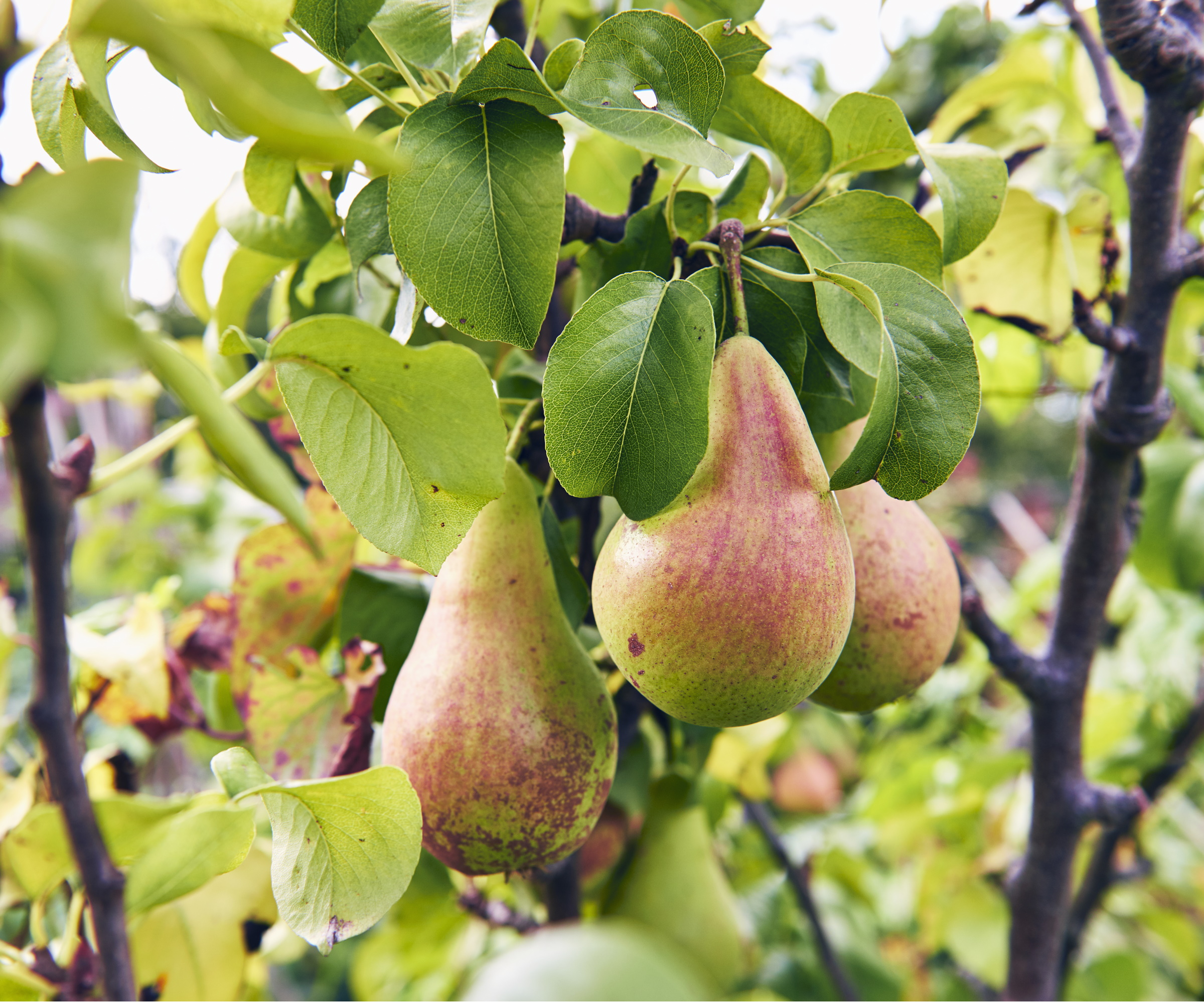
Pears are one of the easiest fruit trees to grow, in my experience. I have grown two of the most common (and popular) varieties previously: Conference and Comice, both of which are ideal for smaller yards, as you can train them against a wall (as an espalier).
If you want to add a sweet, tasty heritage variety to your plot this year, try this live Bosc Pear Tree (Pyrus 'Bosc'), with live plants available from Nature Hills.
I have also trained pear trees as step-overs, growing them along a low wire at the edge of a kitchen garden in South Wales. While training like this takes a little patience, once established and happy, these low-growing trees can be good croppers.
As with apples, pears are masters of hiding their fruit beneath leafy canopies. In August, I make a point of pruning pears by thinning the stems and reducing vigorous, unproductive shoots. You want dappled light reaching every fruit, even those hidden in the center under old branches.
And, remember, keeping your tools sharp is so important when pruning trees, and using a sharpening stone will really help to make the job ten times easier.
Try something like this Okatsune sharpening stone, available via Amazon, which will help to keep your pruners in effective working order.
5. Quince
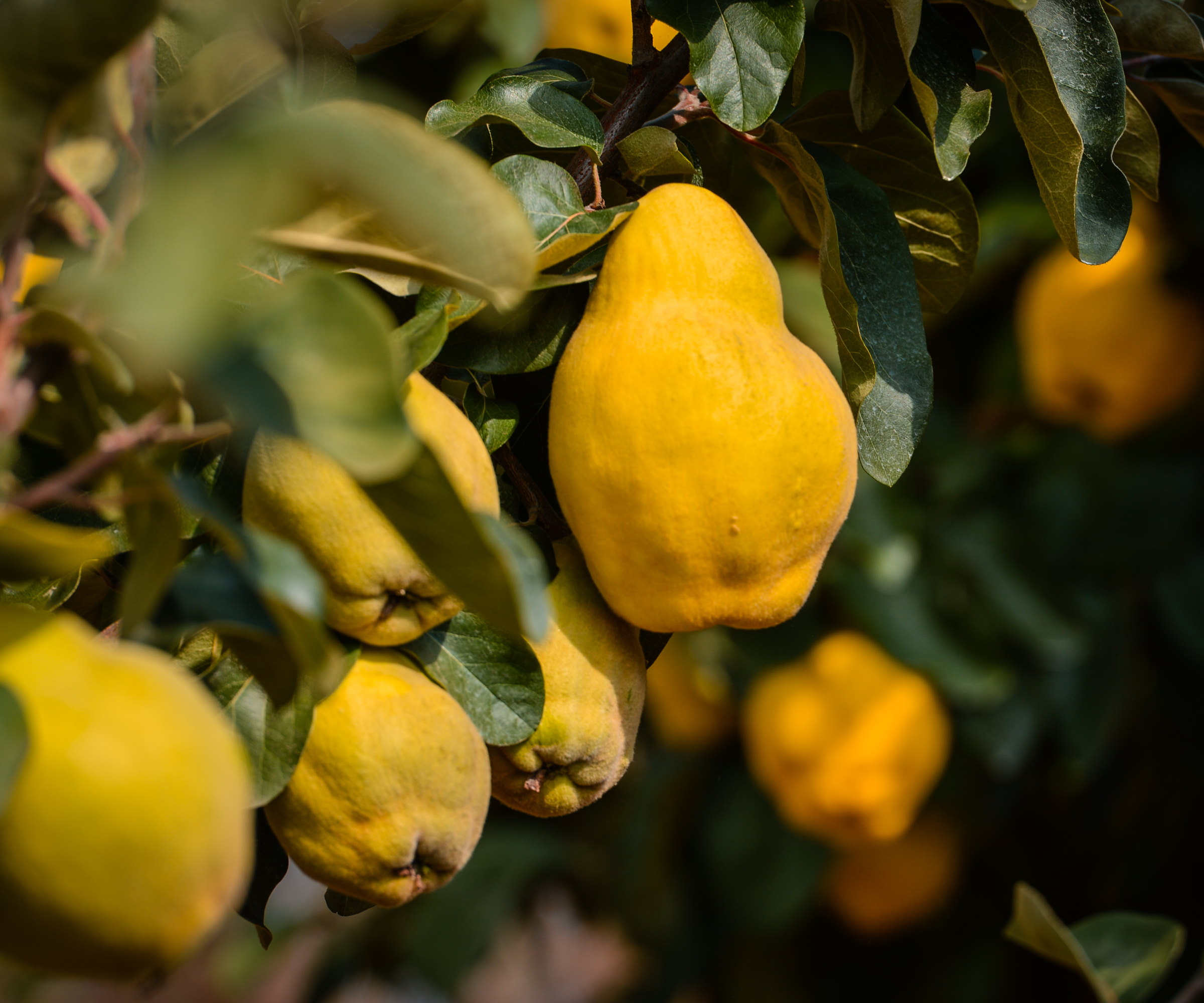
Quince trees, with their velvety, furry fruits, are surprisingly easy to grow, so long as you give them a little August attention.
Their canopies can become so dense (and heavy) with fruit and foliage, meaning that sunlight struggles to filter through, and that’s a problem if you’re after fruits that are good enough for jellies, chutneys, or simply as a table centerpiece in fall.
So, learning how to prune quince trees is important. A light thinning of non-fruiting shoots can dramatically improve the ripening process, cutting the new growth down to two or three leaf nodes.
For top shoots that grow upwards atop the crown, use something like this highly rated pole saw from Fiskars, available now via Home Depot. After all, you don't want to finish pruning with a handful of long shoots remaining right at the top of the tree.
I generally find that quince trees don't require too much fruit sacrificing, but if you have a cluster of three or four fruits together, it is probably worth tossing one or two on the compost heap, or leaving them as a snack for wildlife.
6. Mulberry
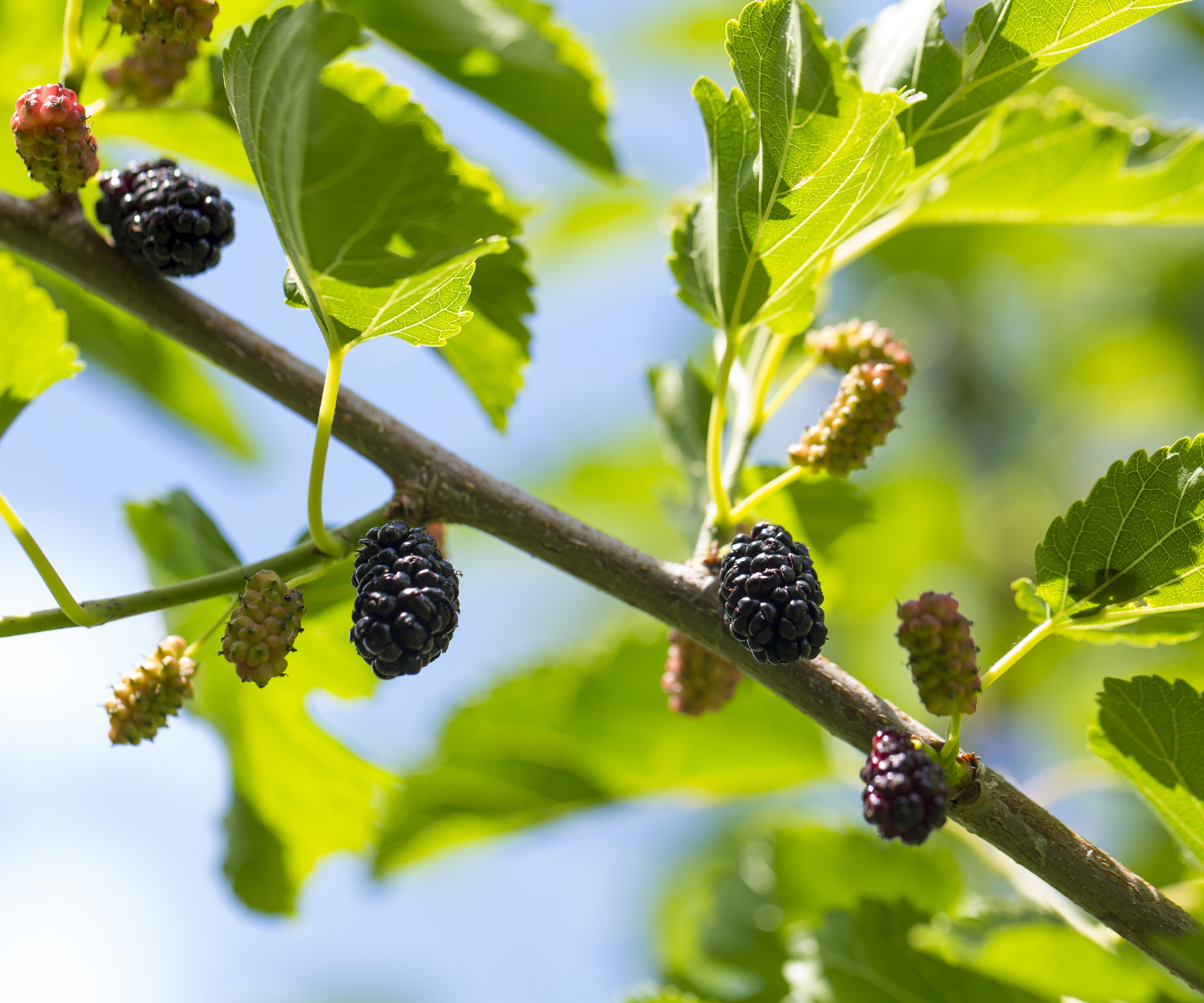
Mulberry trees are, quite simply, some of the best fruit trees with a delicious crop. If you already have one in your yard, I won't have to convince you of their value.
I once cared for a large mulberry with drooping, weeping branches that cascaded with fruits every summer. Picking was an ongoing summer task, done as needed, with half of them going into the freezer, but more often than not, we ate them straight off the branch.
August mulberry pruning is less about shaping and more about practicality: removing dense growth that hides fruit, and helping the harvest to be the best yet.
You don’t want to hack away mindlessly, but do take out vigorous new shoots that are shading the crop. But remember, keep any hard pruning to when the tree is dormant in winter.
7. Peach
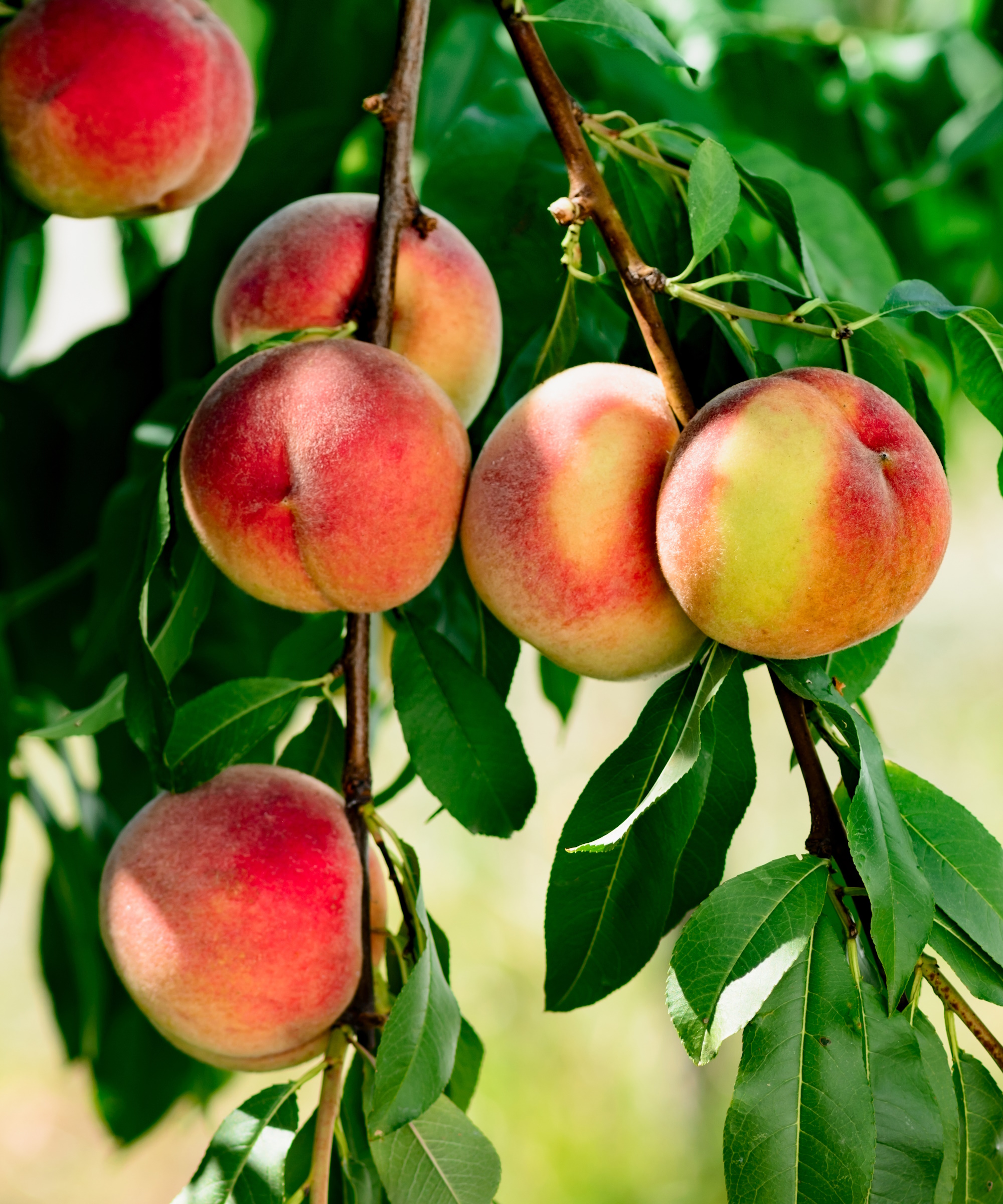
In terms of when to prune a peach tree, a slightly different approach is required. The August pruning is usually done after (not before) the harvest is finished.
This is because after the fruits are picked, you might notice lots of leafy peach shoots springing upwards.
So, when learning how to prune a peach tree, simply complete a little trimming and thinning to help the tree redirect its energy towards strengthening branches and setting up for next year’s crop (remember that peaches form on new growth, so don't worry about impacting next year's fruits).
Focus on removing vertical shoots, as well as any congested growth in the center. Open, airy crowns mean less risk of mildew and pests.
Leave any hard pruning or rejuvenation pruning of non-stone fruit trees to fall and winter, ideally when your fruit trees are dormant and not in leaf, cutting back sometimes between November and February.
For stone fruits, including cherry trees and plum trees, all pruning (including rejuvenation) should be done during summer to reduce the risk of diseases such as silver leaf and bacterial canker, which can prove fatal.
For more information, see our guide on when to prune fruit trees.
Shop garden accessories

Thomas is a Content Editor within the Gardens Team at Homes and Gardens. He has worked as a professional gardener for both public spaces and private estates, specializing in productive gardening, growing food and flowers. Trained in Horticulture at the Garden Museum, he has written on gardening and garden history for various publications, including The English Garden, Gardens Illustrated, Hortus, The London Gardener and Bloom. He has co-authored a Lonely Planet travel book, The Tree Atlas, due out in 2024.
